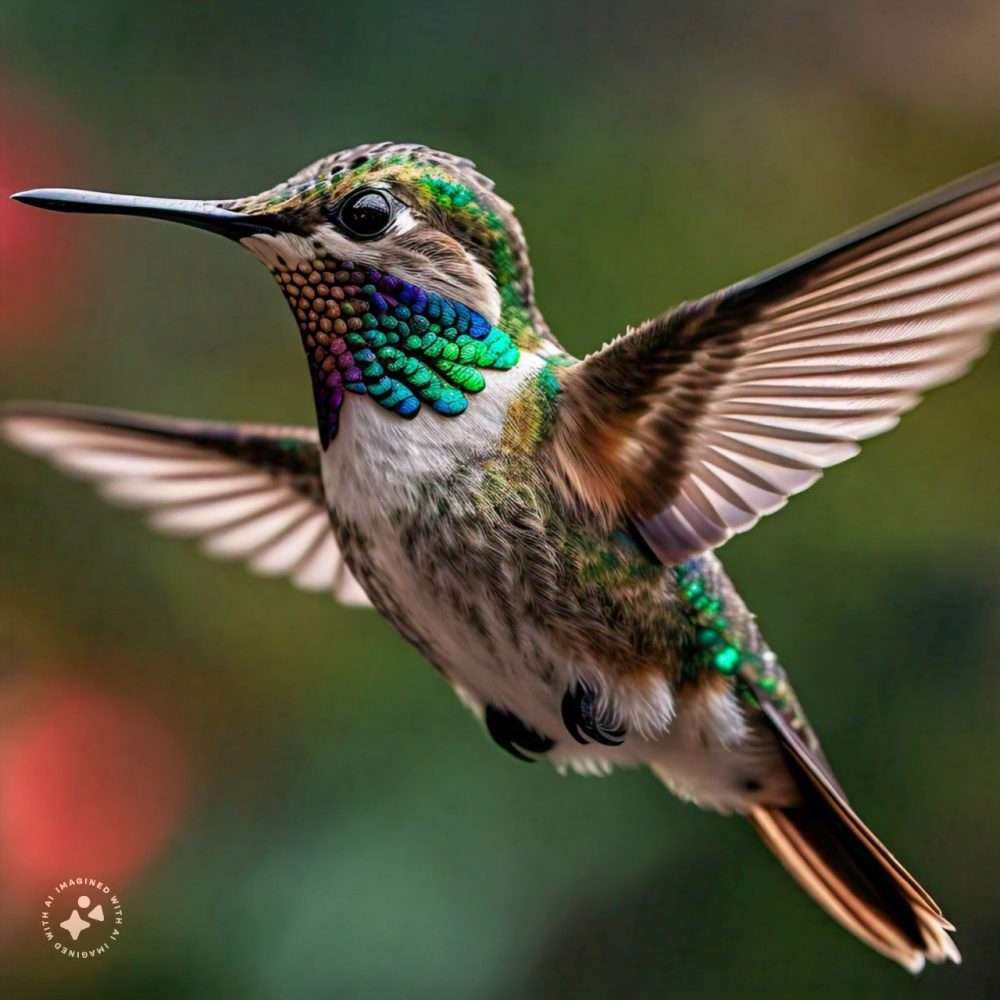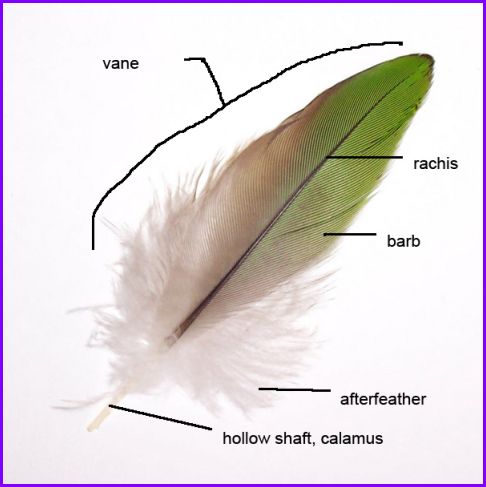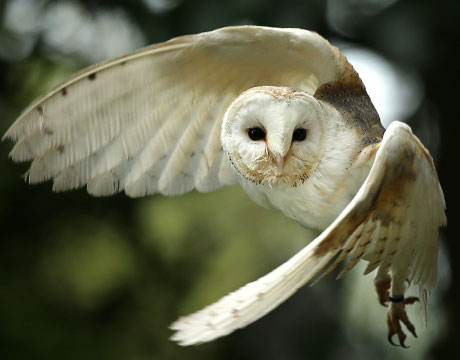
Feathers: Wonders of Form and Flight
Recommended for Middle Grades
Have you ever watched a bird in flight and marveled? A creature so small, its beating heart a mere speck against the vastness of the sky, yet it could cross an entire ocean without rest. There’s a touch of magic in that, isn’t there? For centuries, the mechanics of flight seemed like a spell only nature knew.
But today, we understand a piece of their secret, something so familiar we often overlook its brilliance – feathers.
From the Ground to the Sky
Feathers might seem simple, as delicate as a whisper. But they hide an extraordinary story. Believe it or not, they share a common ancestor with the scales of reptiles. Imagine that: a flicker of iridescent blue on a hummingbird’s throat, the imposing spread of an eagle’s wing – all connected to the rough hide of a slithering snake!
Birds aren’t the only ones who’ve worn feathers, though. Fossil discoveries have shown that many dinosaurs, those thunderous giants of the prehistoric world, were also covered in them. Some were simple and fluffy, like the down that keeps chicks warm.
Others were surprisingly familiar – broad, flat, and shaped for taking to the air long before birds ever touched the sky.
Not All Feathers Are for Flying
But not all feathers help birds take flight. Some are for warmth, soft and light as a breath, insulating them against the chill. Others, like the bristles around a bird’s face, help them sense the world – a gentle gust of wind, the tremble of an insect on a leaf.
But the large feathers on their wings and tails have a special superpower – they unlock the secrets of flight.
The Secret’s in the Shape
Pick up a flight feather. Feel its lightness in your hand, how the slightest breeze could send it swirling. Yet, it’s surprisingly strong. Run your fingers along its length, and you’ll notice two flat sections, called vanes, on either side of a central shaft. Those vanes are marvels of design – strong enough to support a creature in mid-air, yet flexible enough to dance with the wind.
Now, look closer. The vanes aren’t symmetrical. The leading edge, the one that slices into the air first, is narrower than the trailing edge. You might think it’s a tiny difference, barely noticeable.
But to a bird in flight, it’s the difference between soaring effortlessly and struggling against the wind.
This clever, unbalanced shape allows the feather to twist and bend in just the right way. It’s like a tiny, adjustable sail on a bird’s wing, catching the wind and turning it into powerful lift.
And, depending on where the feather sits along the wing, it can change its shape in surprisingly complex ways, helping the bird steer, gain speed, or brake in mid-air with the precision of an acrobat.
Think about this: The very essence of flight – the ability to control and harness the wind – is built into the structure of a single feather. It’s a testament to nature’s genius, a masterpiece of lightweight engineering born from millions of years of trial and error.
Secrets of the Silent Hunters
Picture the hush of the forest at night. A twig snaps, a leaf rustles… even in the deepest darkness, a mouse’s ears are keenly attuned to the slightest sound. It’s a matter of life and death. But how does an owl, a predator with razor-sharp talons, glide through the night without giving itself away?
The answer lies in their extraordinary feathers.
Imagine feathers so soft they could brush against your cheek without a whisper, feathers designed to muffle the very whoosh of air. Owls have evolved feathers with incredible features that we can barely detect.
The leading edge of each wing feather is lined with tiny comb-like structures, breaking up the flow of air into swirling patterns. Their trailing edges, on the other hand, are fringed and velvety, smoothing out any turbulence that might create noise.
This brilliant combination works like a silencer on the wind. The whooshing sounds that other birds create – the ones that would send a mouse scurrying for cover – are almost completely canceled out.
Owls become stealthy hunters of the night, able to surprise their prey even when they should be heard a mile away.
Think of it like this: Owls wear cloaks woven from silence. They are the stealth ninjas of the skies, their feathers a testament to nature’s endless ability to surprise and amaze.
Feathers of Many Talents
Think of the hummingbird, its wings a blur, its heart a tiny engine humming with life. Its feathers aren’t the soft, downy kind. They’re stiff and strong, built to withstand the incredible forces of hovering flight. Nature has tailored them to a creature living life at breakneck speed.
Then there are the penguins, sleek and torpedo-shaped for their underwater world. They’ve swapped the airy lightness of flight feathers for something altogether different – a dense, waterproof armor that reduces drag and traps a layer of warmth against the icy water.
Imagine wearing a suit of feathers instead of a wetsuit!
Feathers aren’t just about flight or swimming. Peacocks wouldn’t be quite as showy without their dazzling tail feathers, built to impress. Birds of paradise dance and display with feathers of every imaginable color and shape.
Feathers help birds survive, but they also help them find love and stake their claim in the world. They’ve been key to bird survival for millions of years, and they still inspire awe today.
Learning from Nature
Feathers aren’t just beautiful. They’re a treasure trove of clever designs. Remember how those flight feathers twist and bend? The tiny hooks and barbs that some feathers use to lock together inspired the invention of Velcro – a simple idea, but one that changed the way we fasten things.
And those silent owl feathers? Scientists have studied them to make our own machines quieter, from fans to wind turbines.
The Next Time You See a Feather…
The next time you find a feather on the ground, pause for a moment. It’s not just a discarded thing. It’s a testament to millions of years of evolution, a tiny piece of the natural world’s brilliance. Hold it up to the light.
Imagine the creature it once belonged to and the role it played. It might just unlock a new appreciation for the wonders all around us – wonders that have the potential to change our world.
Related Stories
Watch a video
Unlock the secrets of flight and fascination—explore the marvels of bird feathers!
![]()
Curious Times is a leading newspaper and website for kids. We publish daily global news aligned to your learning levels (also as per NEP 2020): Foundational, Preparatory (Primary), Middle and Senior. So, check out the News tab for this. We bring kids’ favourite Curious Times Weekly newspaper every weekend with top news, feature stories and kids’ contributions. Check out daily JokesPoke, Tongue Twisters, Word of the Day and Quote of the Day, kids need it all the time.
ME – My Expressions at Curious Times is your place to get your work published, building your quality digital footprint. And it is a good way to share your talent and skills with your friends, family, school, teachers and the world. Thus, as you will step into higher educational institutes your published content will showcase your strength.
Events, Quizzes and Competitions bring students from over 5,000 schools globally to participate in the 21st-Century themes. Here schools and students win certificates, prizes and recognition through these global events.
Sign-up for your school for FREE!
Communicate with us: WhatsApp, Instagram, Facebook, Youtube, Twitter, and LinkedIn.
0 (Please login to give a Curious Clap to your friend.)


